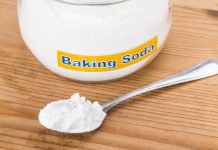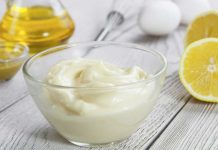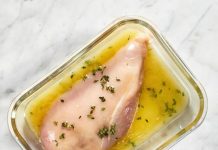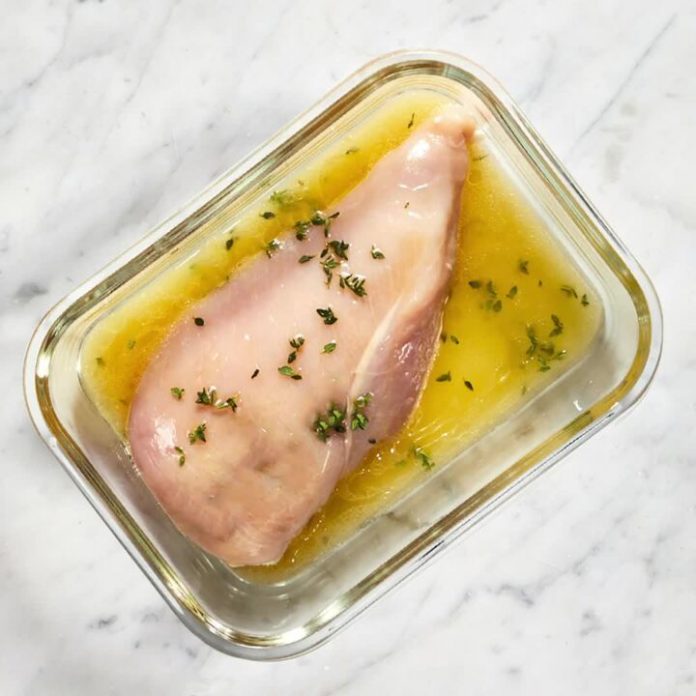Tenderizing meat assists it with concocting delicious and very much prepared. While tenderizing bigger cuts that require a long douse, for example, meals and entire poultry, we regularly propose a period range. However, while it’s critical to saline solution the meat for essentially the base measure of time, don’t salt water longer than the proposed range. The furthest finish of the reach is worked in for the cook’s comfort, not on the grounds that the meat will be altogether juicier or taste more prepared. To demonstrate it, we followed how quickly salt moves into a meal over the long haul.
Analyze
We made three groups of our standard saline solution and doused pork flank cooks for 2, 4, and 24 hours. Then we cut each dish into 1-inch-thick cuts and tried the cuts for salt entrance by applying first potassium chromate and afterward silver nitrate, which became orange from the outset and afterward clear again where the salt infiltrated; we then, at that point, estimated the width of the rings of perfect meat.
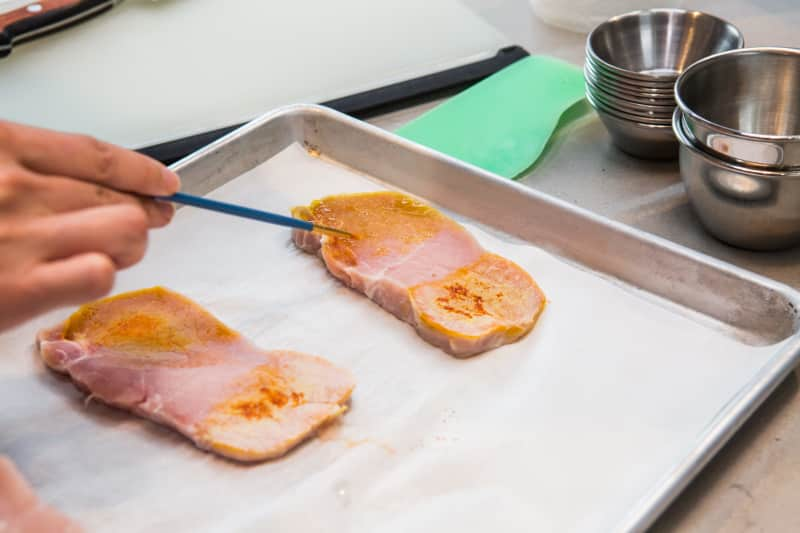
We painted synthetic compounds onto tenderized pork to decide on salt entrance following 2, 4, and 24 hours.
Results
The rate at which salt moved into the meat eased back fundamentally following 2 hours. Following 2 hours, salt had entered ⅓ inch; following 4 hours, it had infiltrated ½ inch; and following 24 hours, ¾ inch.
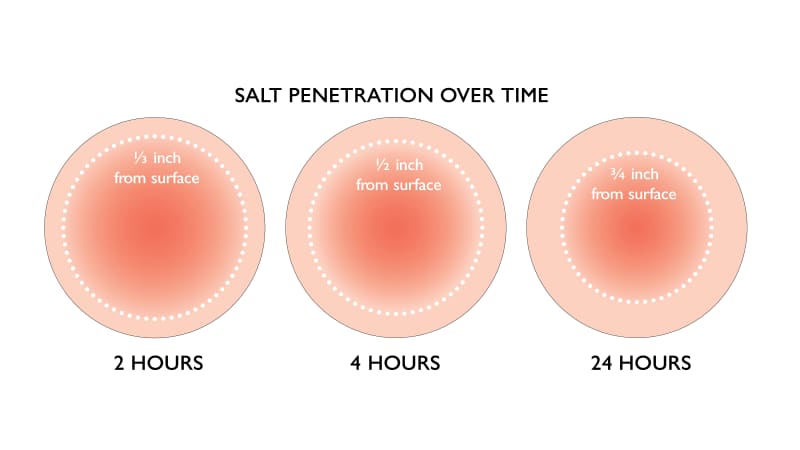
Clarification
Salt normally moves from areas of high focus to those of low fixation. Also, the bigger the distinction in focus, the more rapidly the sodium particles travel into the meat. Toward the start of the tenderizing time, there’s a gigantic contrast in focus: The inside of the meat has none of the salt, and the outer layer of the meat has a ton. As the salt goes through the meat, the distinction decreases: The focus outwardly is brought down, and practically all regions inside the meat have in any event some sodium particles, so the pace of dispersion drops. Besides, while sodium particles in the saline solution keep on entering the outside of the pork, that response eases back also on the grounds that the external layer of pork as of now contains some sodium.
(The aftereffect: In the initial 4 hours, salt voyaged farther than it did in the following 20 hours.)
Important point
Since the profits for tenderizing reduce over the long haul, the initial not many long stretches of tenderizing an enormous dish (or the initial 30 minutes or so for more modest cuts) are basic, yet splashing the meat for the rest of a suggested time range — or even a couple of hours longer — won’t create a considerable contrast in the salt entrance.






















